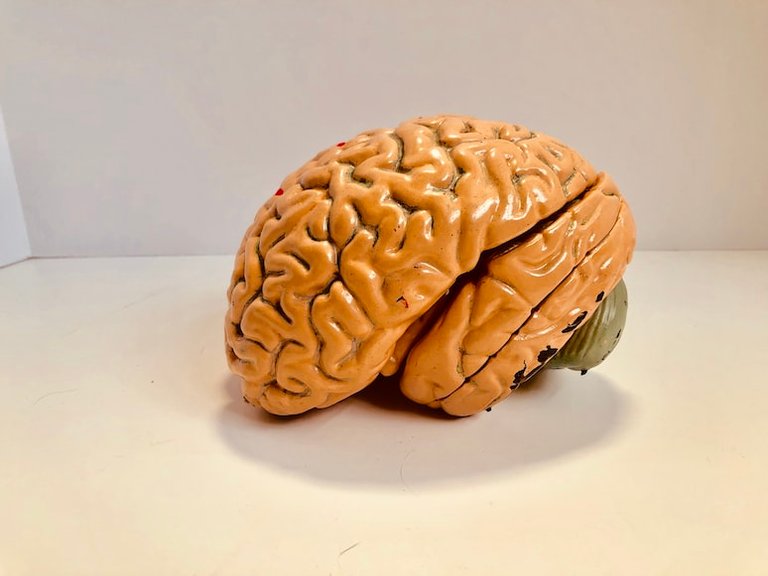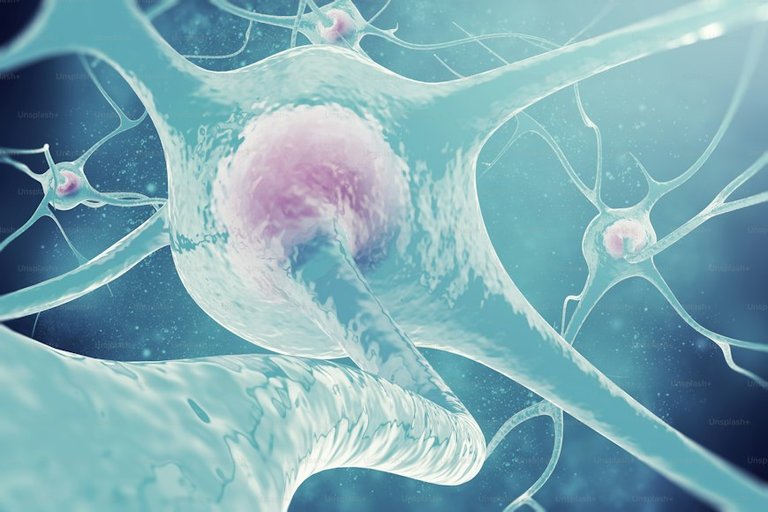Brain Lesion and it's Recovery.
In yesterday's blog-isode, we saw some cases in which the nervous system manages to repair itself from brain lesions(damage), at least to some degree.
But for today, we want to ask, is there a possible way in which we can help that repair externally?

We know for a fact that the brain cannot replace dead neurons, once a neuron dies, it's forever dead. But did you know there's been some recent animal studies which suggest that someday, neurologists may be able to provide some such replacement by transplanting neural tissue from outside?
That would be a breakthrough wouldn't it?
At the moment, the work is still in the early experimental stages, However, the first outcomes have provided reasons for us to optimistic.
Different groups of scientists have experimented by creating various kinds of lesions(damage tissue) in the brains of rats, and then transplanted tissues from the brains of rat fetuses into the affected areas.
Reason for using fetuses rather than adults was because, fetal tissue is still developing and can be shaped more easily, as it is flexible at that stage of development.
In one particular group of studies, the researchers partially damaged a pathway that releases dopamine in the midbrain. This pathway extends upward to an area at the base of the cerebral hemispheres, which plays a key role in controlling voluntary movement. This is also the same pathway whose gradual degeneration produces a situation in humans called Parkinson's disease.
https://youtube.com/shorts/yjShPfTKaPU?si=ouG7Bh0RLFuQkmGL
Now, the impact of the brain damage in rats closely resembles what is observed in humans, in the sense that, there is a significant decrease in dopamine levels in the brains of the affected rats, accompanied by severe motor disruptions.
Implanting tissues from specific regions of the donors' brains resulted in an elevated dopamine level in the host brains and a significant improvement in motor performance. This outcome brings hope for a potentially improved therapy for Parkinson's disease compared to the current options available.
Additionally, there's another set of studies that might be applicable to Alzheimer's disease. This severe condition is marked by a gradual deterioration in cognitive abilities, starting with significant memory issues, progressing to heightened disorientation, and ultimately leading to complete physical and mental dependence.
https://youtube.com/shorts/54ZOxgFJaP0?si=KqNXRARJmCrvUiEt
While Alzheimer's disease leads to degenerative changes throughout the brain, the worst destruction seems to befall a pathway of acetylcholine-releasing neurons that have their origin in a region at the base of the forebrain and extend to many cortical association areas as well as to the hippocampus (a structure that is important
for memory). When enough of these cells are dead or dying, the cortical and hippocampal regions to which they project are no longer activated. As a result, there is also loss of memory and cognitive functioning.
Question is, Can degenerative changes of this sort be reversed by brain transplants?
Indeed, it has been observed that they can, at least to a certain degree in rats.
Some researchers conducted experiments on rats that had experienced damage to acetylcholine-releasing pathways similar to those affected in Alzheimer's patients. Others utilized older animals(rats), approximately two years of age. Both the rats with lesions and the older ones showed significant declines in various memory and spatial learning tests. At the beginning, they couldn't learn certain simple mazes, or remember what they had learned from one occasion to the next. But after appropriate brain transplants, there was significant improvement.
But the bigger question is, how do these brain grafts lead to recovery?
There are likely multiple explanations. First, the transplanted tissue might contribute new cells to the host brain, or stimulate some of the intact neurons in the host to release more transmitter substances. Also it can potentially encourage axon sprouting.
Now, what are the chances that these or similar techniques can be applied to human
patients?
As of yet, we can't say. There are obvious technological hurdles, but it's worth noting that if and when the transplantation techniques are ready for clinical application, there will be some serious ethical problems as well, because the most probable donors would be aborted human fetuses. 🤷
There's still one more thing we can consider.
As we saw in the previous blog post, recovery through processes of self-repair can only go so far, especially in adults, and at the moment transplantation therapy is as yet only a hope for the future.
So what can be done for the patient to help the recovery process?
The patient can sometimes be taught very slowly and very patiently to use impaired functions and to develop compensatory skills to make up for those lost or damaged. An example is making a patient sit on his good arm. This will force him to use the one that is semi-paralyzed. With days and probably weeks of practice, there is some slow improvement. These often add up and help the patient develop self-sufficiency.
Yet, the success of rehabilitation relies on the nature of the injury and the patient's ability and determination to sustain the training. At times, sheer persistence, coupled with a bit of luck regarding the location and severity of the damage, can yield some remarkable outcomes.
To sum up for today's blog-isode, while we know much more about the brain than we did only a decade or two ago, still, our medical technology is as yet unable to do much to help the recovery of the injured brain. However, it appears that we are on the brink of entering a new era of progress in this critical field. This advancement might occur sooner than anticipated.

The Bus Stops Here for Today:
I hope you enjoyed today's blogisode as much as I did. Thank you for reading, and I'd be happy to hear your thoughts on this subject or on blogs. I enjoy doing this, and I want to make sure my readers enjoy reading. Until tomorrow, stay safe!
References and links:
https://my.clevelandclinic.org/health/symptoms/17839-brain-lesions
https://www.webmd.com/brain/brain-lesions-causes-symptoms-treatments
https://www.mayoclinic.org/diseases-conditions/alzheimers-disease/symptoms-causes/syc-20350447
https://www.mayoclinic.org/diseases-conditions/parkinsons-disease/symptoms-causes/syc-20376055
https://www.flintrehab.com/how-to-heal-brain-damage-naturally/
Congratulations @serenecounsel! You have completed the following achievement on the Hive blockchain And have been rewarded with New badge(s)
Your next target is to reach 2500 upvotes.
You can view your badges on your board and compare yourself to others in the Ranking
If you no longer want to receive notifications, reply to this comment with the word
STOPThanks for your contribution to the STEMsocial community. Feel free to join us on discord to get to know the rest of us!
Please consider delegating to the @stemsocial account (85% of the curation rewards are returned).
Thanks for including @stemsocial as a beneficiary, which gives you stronger support.
dopamine helps nerve cells send messages to each other, they are also know as reward centers.
Nice summary of what dopamine is. Thanks for reading friend